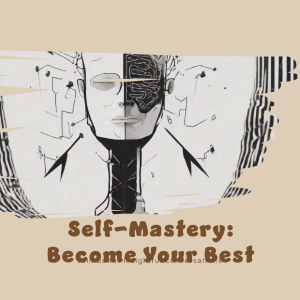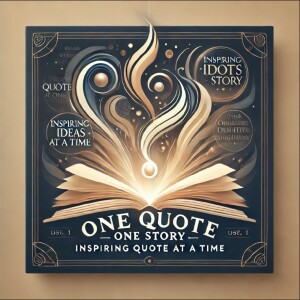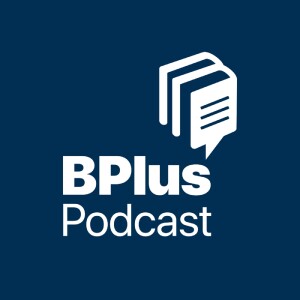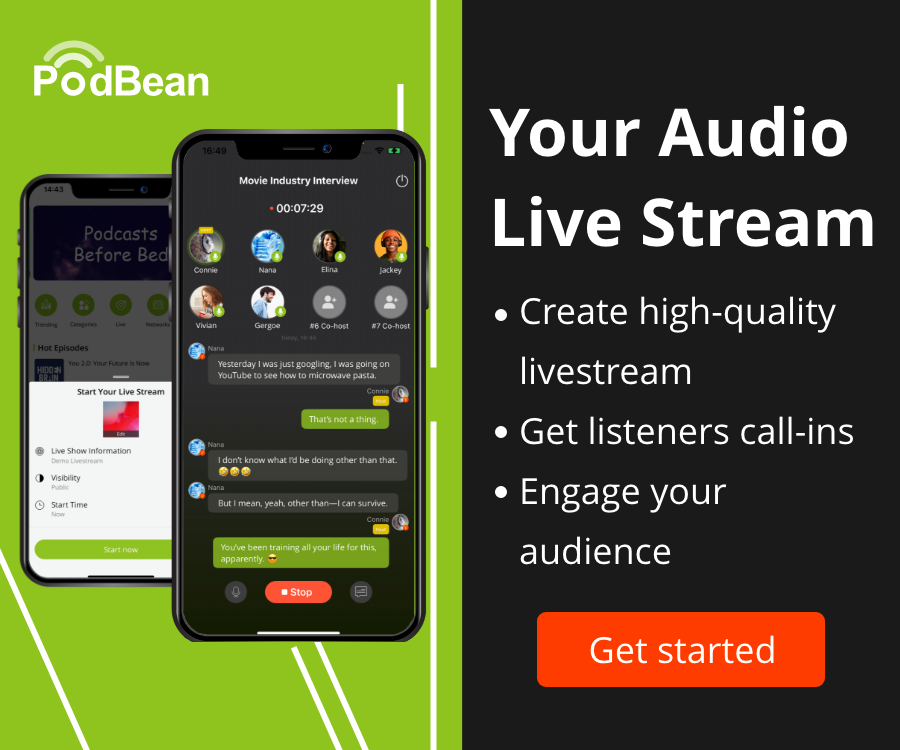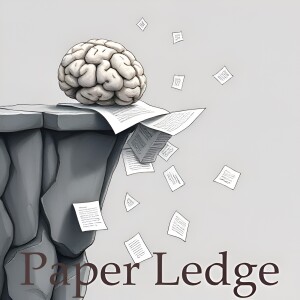

Computers and Society - Integrating Transparent Models, LLMs, and Practitioner-in-the-Loop A Case of Nonprofit Program Evaluation
Hey PaperLedge learning crew, Ernis here, ready to dive into some fascinating research that's all about bringing AI to the folks who need it most – our public and nonprofit organizations!
Now, you know how a lot of AI feels like a black box? You put something in, and an answer pops out, but you have no idea how it got there? Well, that's a big reason why charities and government agencies are often hesitant to use it. They need to be able to explain their decisions, and they need to trust that the AI is giving them good advice.
This paper tackles that problem head-on. Think of it like this: imagine you're trying to figure out why some students succeed in college and others don't. A traditional AI might just spit out a list of factors – GPA, income, etc. – without really explaining how those factors interact. It's like saying, "Well, successful students tend to have high GPAs," which, duh! Doesn't give much actionable advice on a case-by-case basis.
What this study did was create a "practitioner-in-the-loop" system. They built what's called a decision tree, which is a super transparent, easy-to-understand model. Imagine a flowchart that asks a series of questions: "Is the student's GPA above a 3.0? Yes/No. Do they have access to tutoring? Yes/No." And so on, until it arrives at a prediction about whether the student is likely to succeed.
- Why this is cool: Decision trees are transparent. You can literally see the reasoning behind each prediction.
- Why this matters to practitioners: It's not just about predicting outcomes, it's about understanding the factors that lead to those outcomes.
But here's where it gets even cooler! They then fed that decision tree into a large language model (LLM) – think of something like ChatGPT but specifically trained to use the decision tree's rules. The LLM could then take a student's individual information and, based on the decision tree, generate a tailored explanation for why that student might be at risk or on track.
The real magic, though, is that they had practitioners – people who actually work with these students – involved every step of the way. They helped choose the right data, design the models, review the explanations, and test how useful the system was in real life.
"Results show that integrating transparent models, LLMs, and practitioner input yields accurate, trustworthy, and actionable case-level evaluations..."The results? By combining transparent models, powerful LLMs, and the wisdom of experienced practitioners, they were able to create AI-driven insights that were accurate, trustworthy, and, most importantly, actionable.
This is a big deal because it shows a viable path for public and nonprofit organizations to adopt AI responsibly. It's not about replacing human expertise; it's about augmenting it with powerful tools that are transparent, understandable, and tailored to their specific needs.
So, a few questions that popped into my head while reading this:
- How easily could this approach be adapted to other fields, like healthcare or social services?
- What are the potential ethical considerations of using AI to make predictions about individuals, even with transparent models?
- Could this kind of "practitioner-in-the-loop" system help to build trust in AI more broadly, even in areas where transparency is more difficult to achieve?
That's all for this week's deep dive, learning crew. Until next time, keep those neurons firing!
Credit to Paper authors: Ji Ma, Albert Casella
More Episodes
All Episodes>>Create Your Podcast In Minutes
- Full-featured podcast site
- Unlimited storage and bandwidth
- Comprehensive podcast stats
- Distribute to Apple Podcasts, Spotify, and more
- Make money with your podcast
